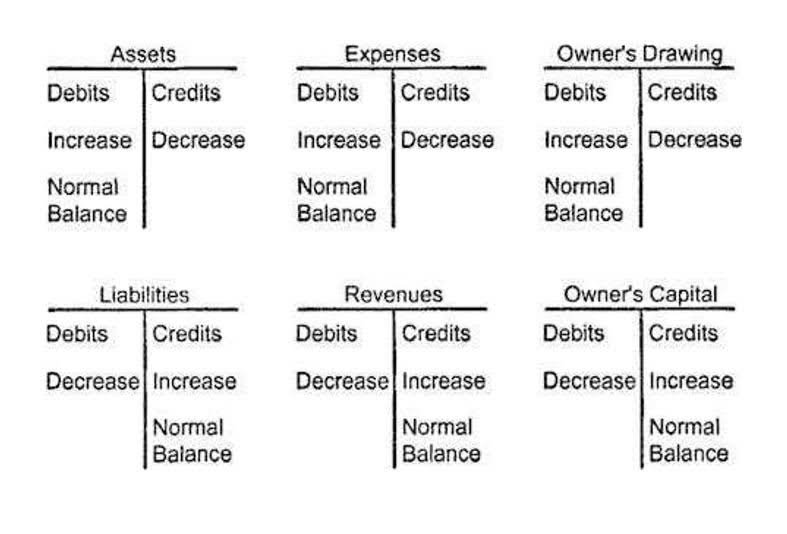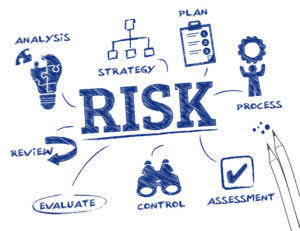
Under generally accepted accounting principles (GAAP) in the United States, the historical cost principle accounts for the assets on a company’s balance sheet based on the amount of capital spent to buy them. This method is based on a company’s past transactions and is conservative, easy to calculate, and reliable. Problems can arise when the market-based measurement does not accurately reflect the underlying asset’s true value. This can occur when a company is forced to calculate the selling price of its assets or liabilities during unfavorable or volatile times, such as during a financial crisis.
- This can create problems in the following period when the “mark-to-market” (accrual) is reversed.
- If those assets are marked to market each quarter, the company will show a value that’s less than what it originally invested.
- Let’s say a day trader’s trades brought them one million dollars in profit during the taxable year.
- Most individuals, even ones who love to invest in the stock market, do not meet the requirements for frequency and volume that the IRS has set as the benchmark for determining who is a day trader on the stock market.
What are MTM Accounting Standards?
The change in the market value of those assets can impact the company’s cash flow from investing activities. MTM accounting can also impact the balance sheet by changing the value of a company’s assets or liabilities. MTM settlement is important because it ensures that both parties in a contract are able to account for changes in market value and are not subject to excessive risk. It also ensures that the contract accurately reflects the price of the underlying asset. In simple words, you will have to provide the additional funds required if the price of the futures contract drops before the daily settlement. Once the balance margin is submitted to the stockbroker, you can proceed with your positions and close them as per your discretion.

Mark to Market Losses in 2008

It’s easy for accountants to estimate the market value if traders buy and sell that type of asset often. In the securities market, fair value accounting is used to represent the current market value of the security rather than its book value. It is done by recording the prices and trades in an account or portfolio. In the financial services industry, there is always a probability of borrowers defaulting on their loans. In the event of a default, the loans must be qualified as bad debt or non-performing assets. It means that the company must mark down the value of the assets by creating an account called “bad debt allowance” or other provisions.
Solutions for all your personal and business tax matters.
- Specifically, you’re looking at a security’s current trading price then making adjustments to value based on the trading price at the end of the trading day.
- The measure meant banks were not forced to mark the value of those securities down.
- The FASB’s Accounting Standards Codification (ASC) Topic 820 aligns closely with IFRS 13, emphasizing the use of market-based measurements and requiring detailed disclosures about the valuation methods and assumptions used.
- Thus, the optimism that often characterizes an asset acquirer must be replaced with the skepticism that typically characterizes a dispassionate, risk-averse buyer.
- It seeks to reflect the fluctuating fair value of an asset for accounting purposes so that a business or company can get an accurate picture of asset value or the value it could obtain from liquidating assets.
Since the farmer took a short position, a decline in the value of the futures contract results in a positive gain for their account value. This daily pattern of mark to market will continue until the futures contract expires. https://www.bookstime.com/ Other major industries, such as retailers and manufacturers, have most of their value in long-term assets, known as property, plant, and equipment (PPE), as well as assets like inventory and accounts receivable.

Their net worth is an indicator of how much cash they would obtain if they liquidated their assets at that given moment. In a bull market with rising stock prices, their net worth may increase, and in a bear market with falling prices, their net worth will decrease. Mark-to-market accounting is prevalent, for instance, in the financial services industry, where assets like currency and securities are the backbone of the business. Its importance has grown significantly, especially during periods of economic volatility, where the true value of assets can fluctuate rapidly.
Cash Flow Statement
In this blog, you will learn about mark to market meaning, how it works, related risks and its importance in financial instruments. Not only this, but you will also learn how MTM affects financial statements. Toby is an attorney on a mission to help investors and business owners keep and grow more. Toby teaches extensively mark to market accounting throughout the US to groups of investors and professionals, with many of his courses certified for continuing education credit for legal, accounting, and real estate professionals. He teaches a popular bi-weekly webinar, Tax Tuesday, where business owners and investors can ask any tax question and get answers LIVE on-air.




